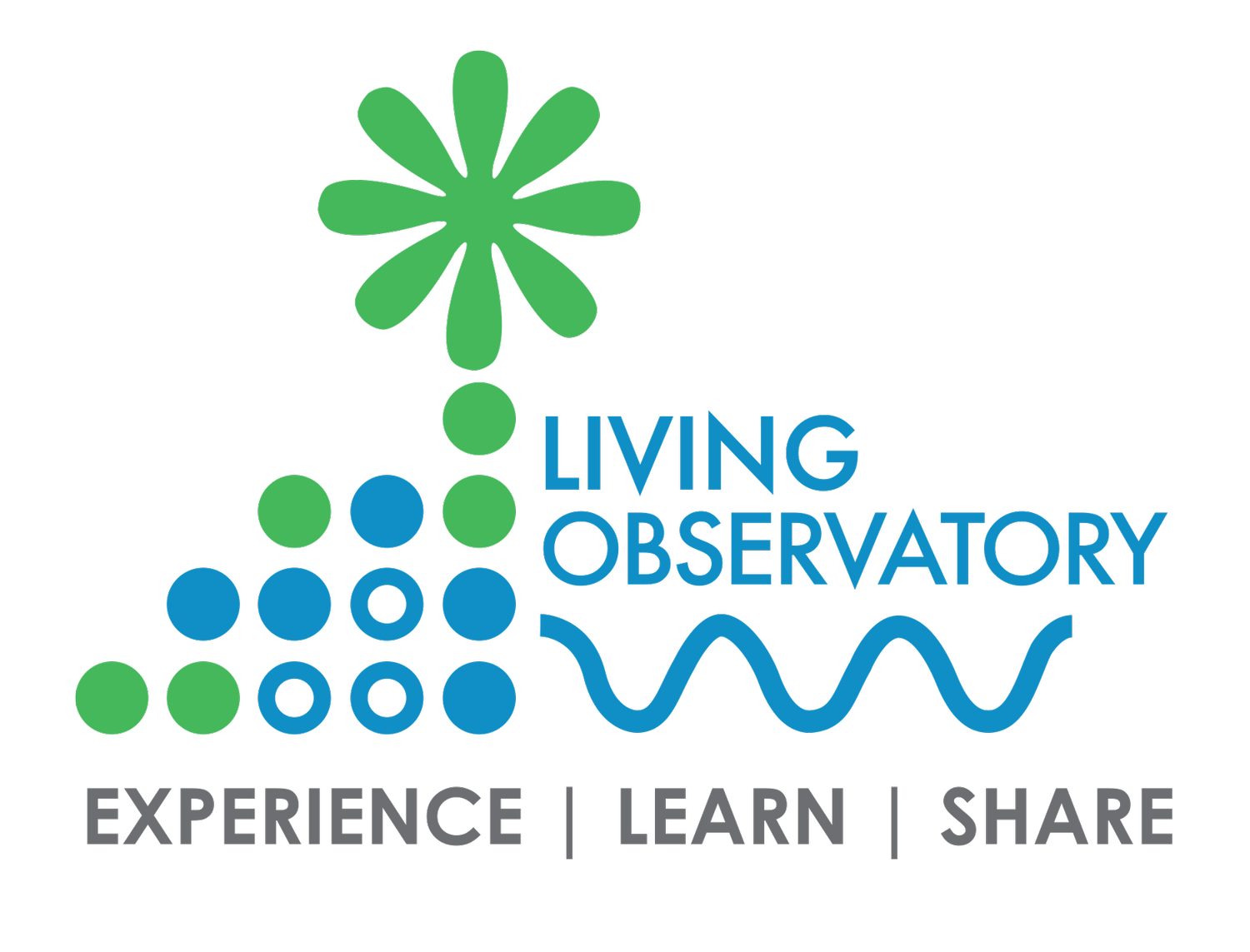I recall the first time I worked as a research assistant doing conservation and restoration work. As my boots and pants got muddied and stained from late night treks, my mind was being equally challenged by observing new species and all the interactions occurring within their unique habitats, while developing a further understanding of the principle’s environmental stewardship. Nonetheless, during that experience and others in the field, my drive for working in an interdisciplinary, socio-environmental realm was somewhat disabused. In these strict conservation settings, I overwhelmingly felt that ‘social’ issues and environmental issues were often divorced. At that, even if they were considered together they would not be given enough attention. I also found that as my interests as a student of the environment turned toward issues around technology and society, ecology fell to the wayside - something I consciously felt - and was disappointed in. After all, what is ecology if its practitioners are not at least partially concerned with the ubiquitous technologies and computational logics that are coming to mold the natural world?
Dr. Christine Hatch and her team doing an aerial mapping of Foothills reserve. 6/16/2021
Enter the Living Observatory. In the brief time I have spent at LO I have internalized a multitude of lessons and insights which themselves have yielded unique questions and novel concerns. I have realized that the work here is truly paradigm shifting. LO’s work and aspirations offer a glimpse into the future, while equally providing access to avenues of thought and praxis which are actively shaping them. Additionally, I can report that while my boots, pants, shirts, and hats are still stained of mud and sweat, I am finally able to balance questions of environment, technology, and society equally. I feel LO actively acknowledges its embeddedness in the multitude of paradigms and systems it is engaged with. Because of this, a lot of the preliminary expectations and questions I brought to LO (which met prior expectations) have been rendered somewhat redundant, and demand reassessment. For example, two guiding questions I brought with me which I am reconsidering currently are:
Q: How has wetland restoration at Tidmarsh balanced the digital features of rendition and simulation with elements of land such as slowness, and sentiment?
A: As I have worked within LO I have noticed that this duality may be more problematic than fruitful. I may benefit from departing with the idea that these two ‘realms’ are divorced and start approaching digital, and non-digital elements of landscapes as a constant discourse. As I wrote in my journal on the first few days, “the land is as sentimental as it is simulated.”
Q: At what state does the restoration ecologist want to restore land to? And how do they decide what is the best state?
A: This view of restoration is quite linear, and deterministic. Rather than viewing restoration as a process which moves land toward a static place I can view the act of restoration in a cyclical way. For example, restoration sets in motion certain ecological events and processes that ignites the process of restoration according to the purview of mother nature, and father time. Additionally, there are empirical metrics like ecological integrity, biodiversity, species diversity and genetic diversity which help clarify the direction the land is moving.
Plant life (Purple Loosestrife or Lythrum salicaria and Cattails) photographed at Mass Audubon, Tidmarsh Wildlife Sanctuary. This photo marked a important stylistic change in my photography. Taken 7/6/2021.
It is also critical to note that all these questions, as well as my expectations, have been reimagined in a context where I work closely within a community of practice which is ever expanding. Only a month and a half in and I have observed, conversed, and planned with a range of passionate scientists, artists, communicators, engineers, and wetland practitioners. Each member of LO has not only shown a deep rooted desire to collaborate in hopes of creating a better future but a commitment and belief to weave the plethora of stories that belong to the living and non-living elements of the land, whether they be digital or not. Moreover, while I have noticed that though many claim to walk the interdisciplinary walk, they do not. Yet, LO does. In every sense of the word this community tackles challenges and questions with composure and humble confidence. This commitment shows me I am right where I need to be, and the promise of the future.


